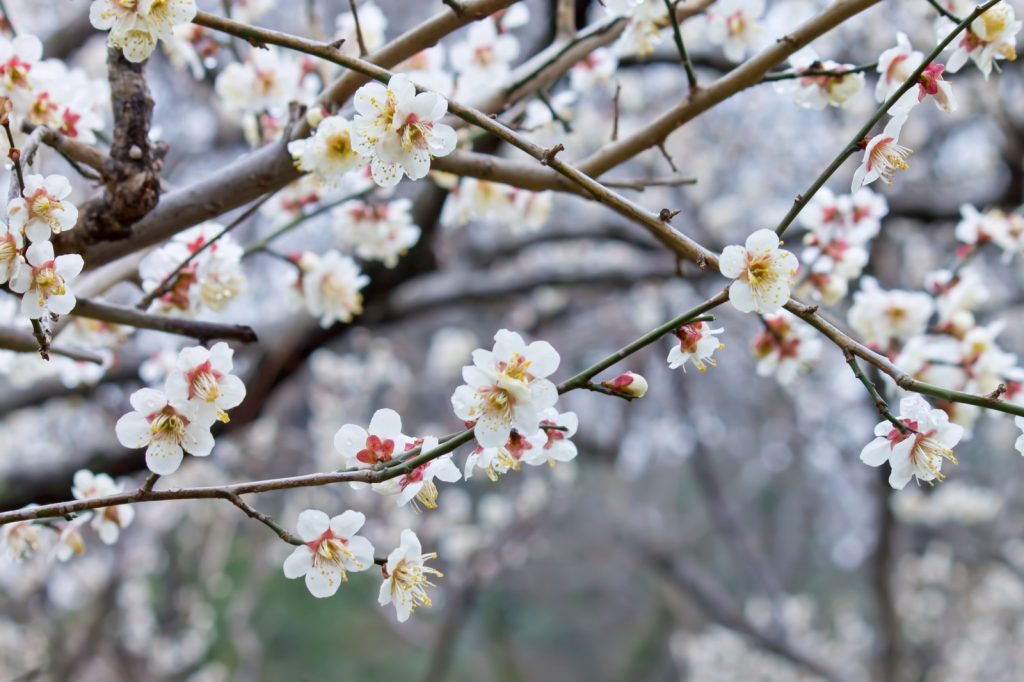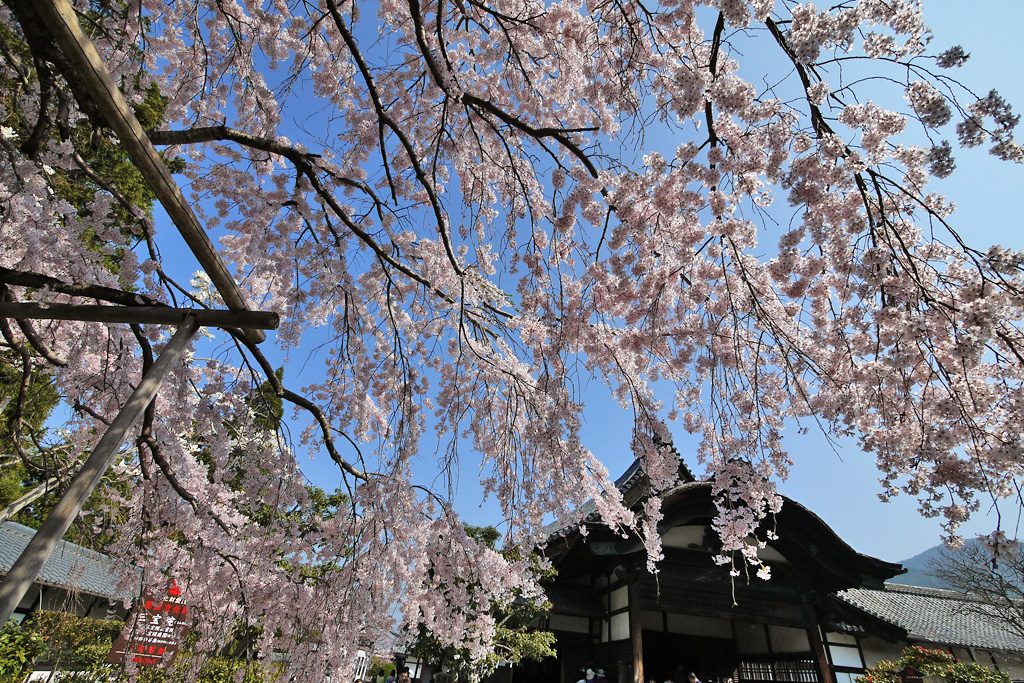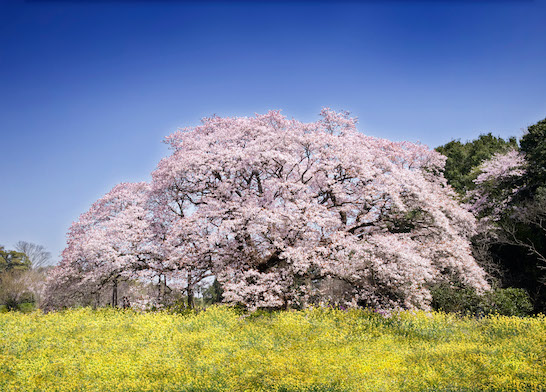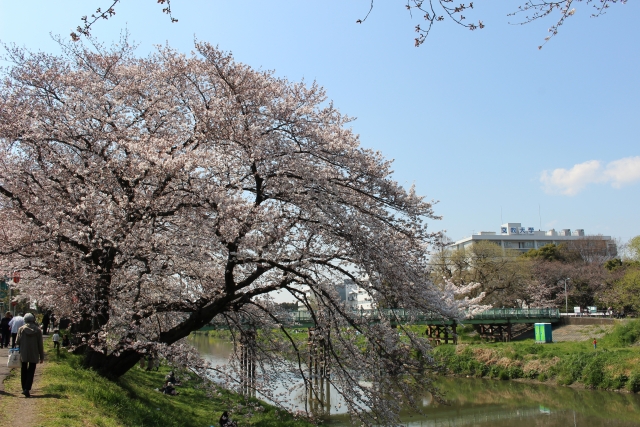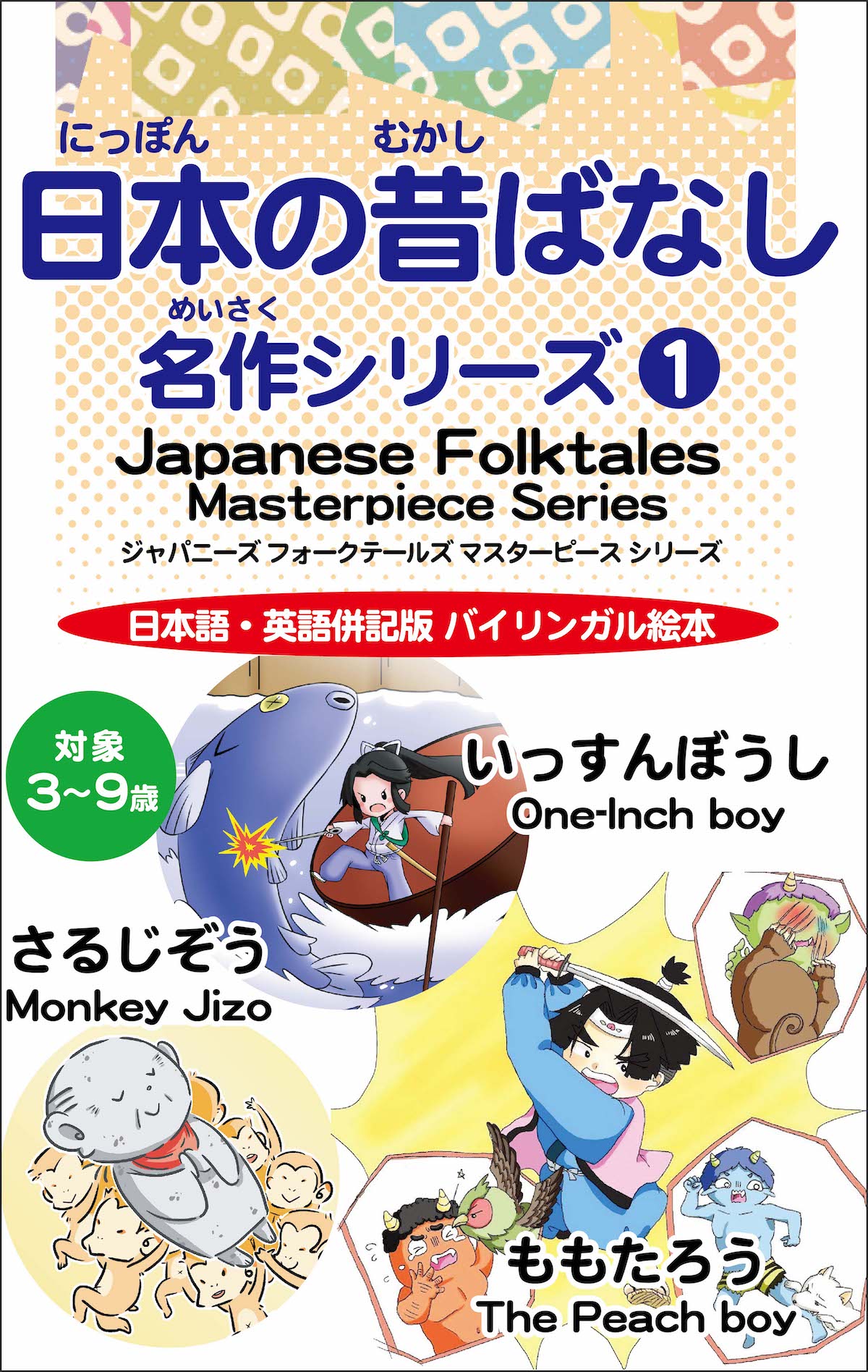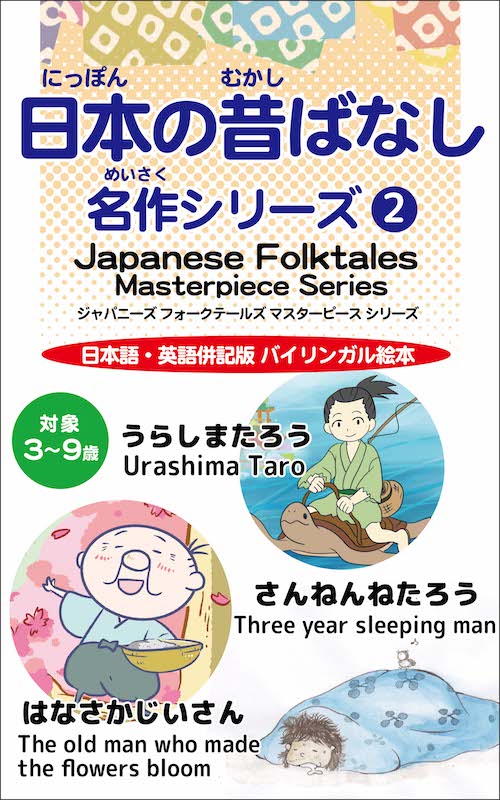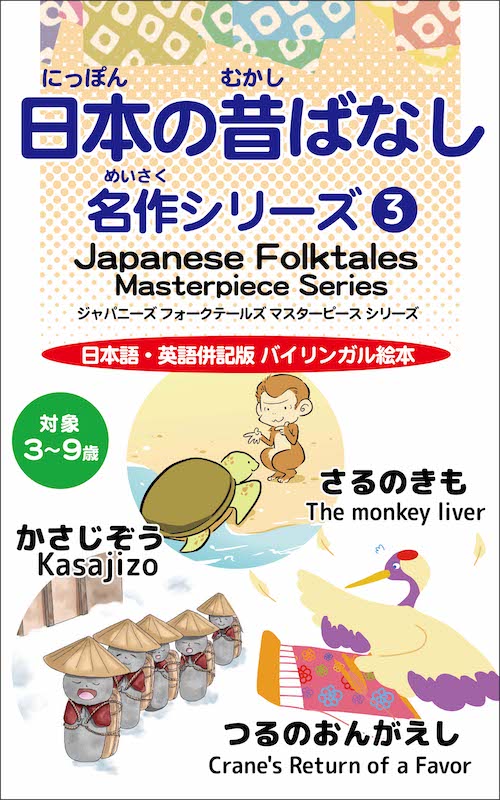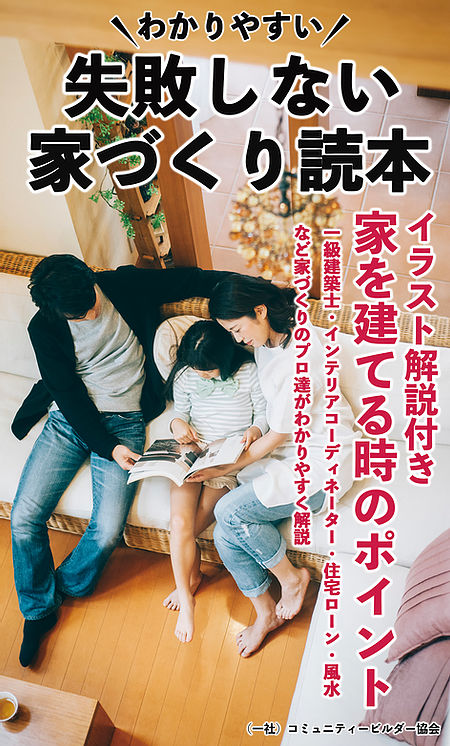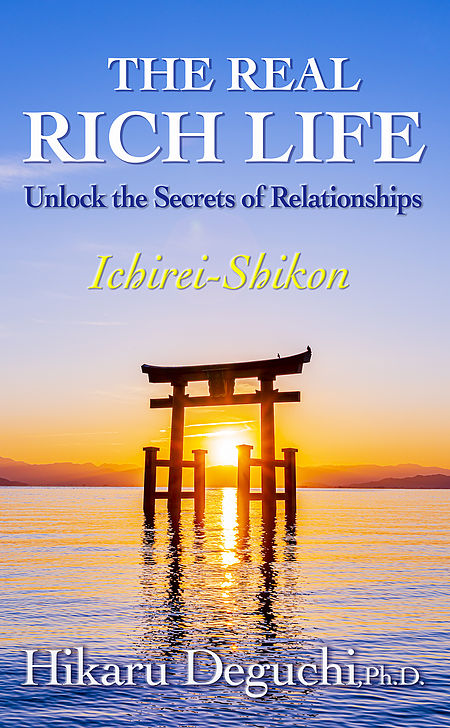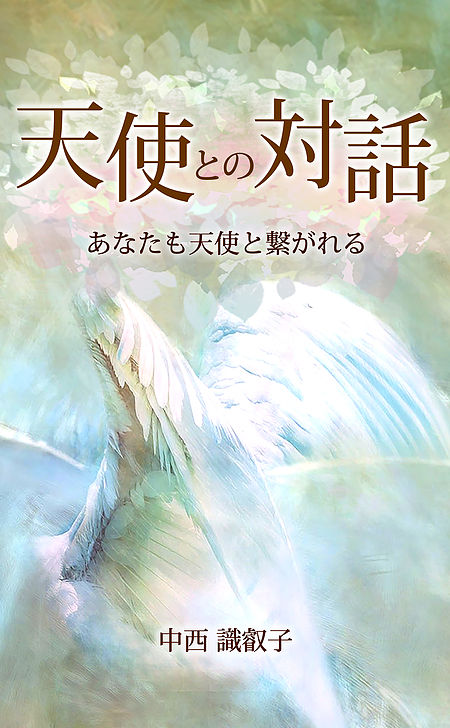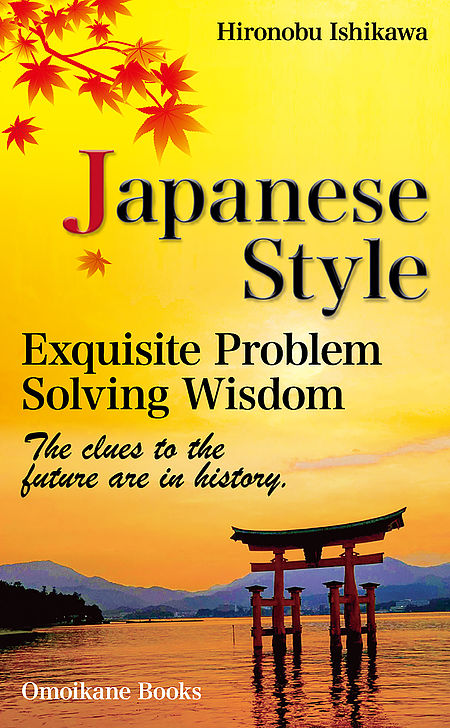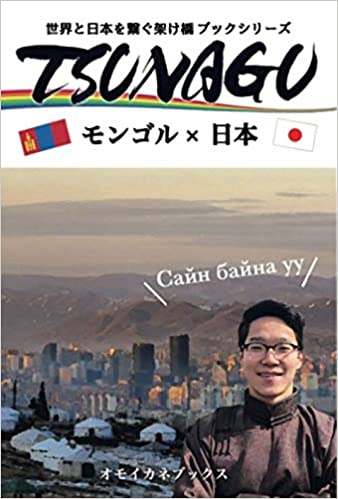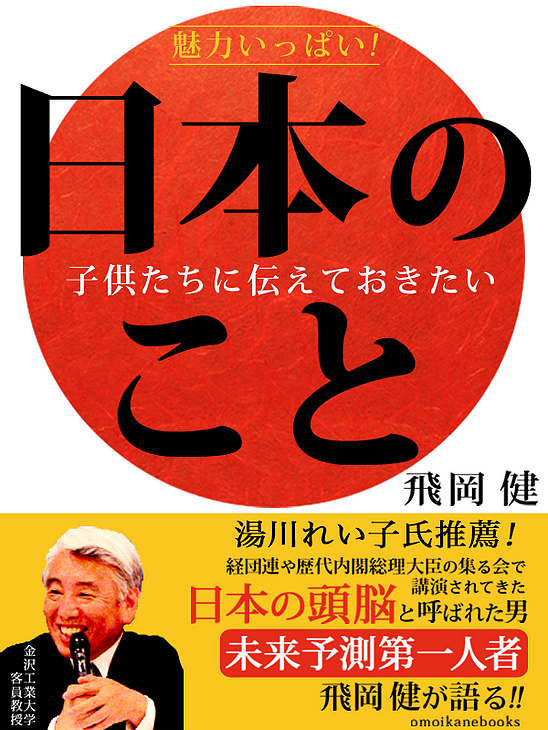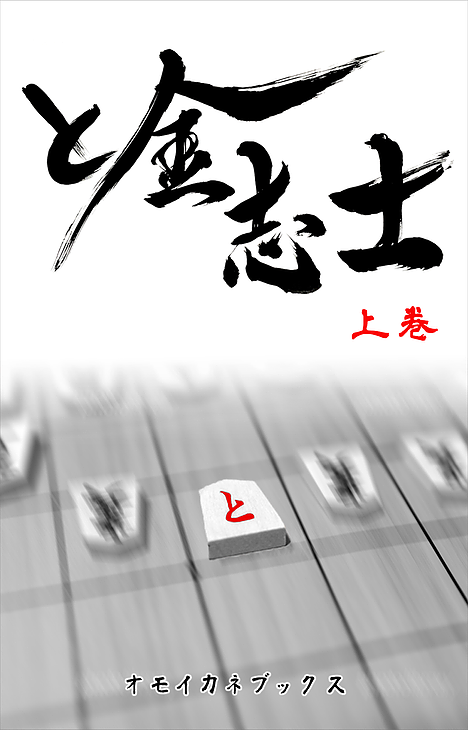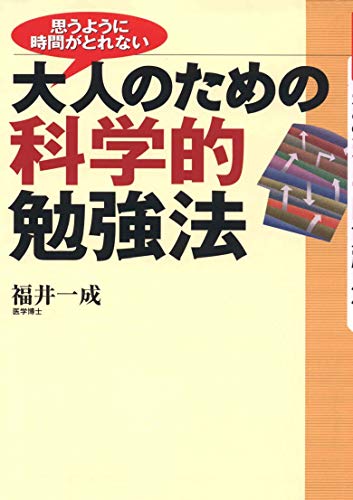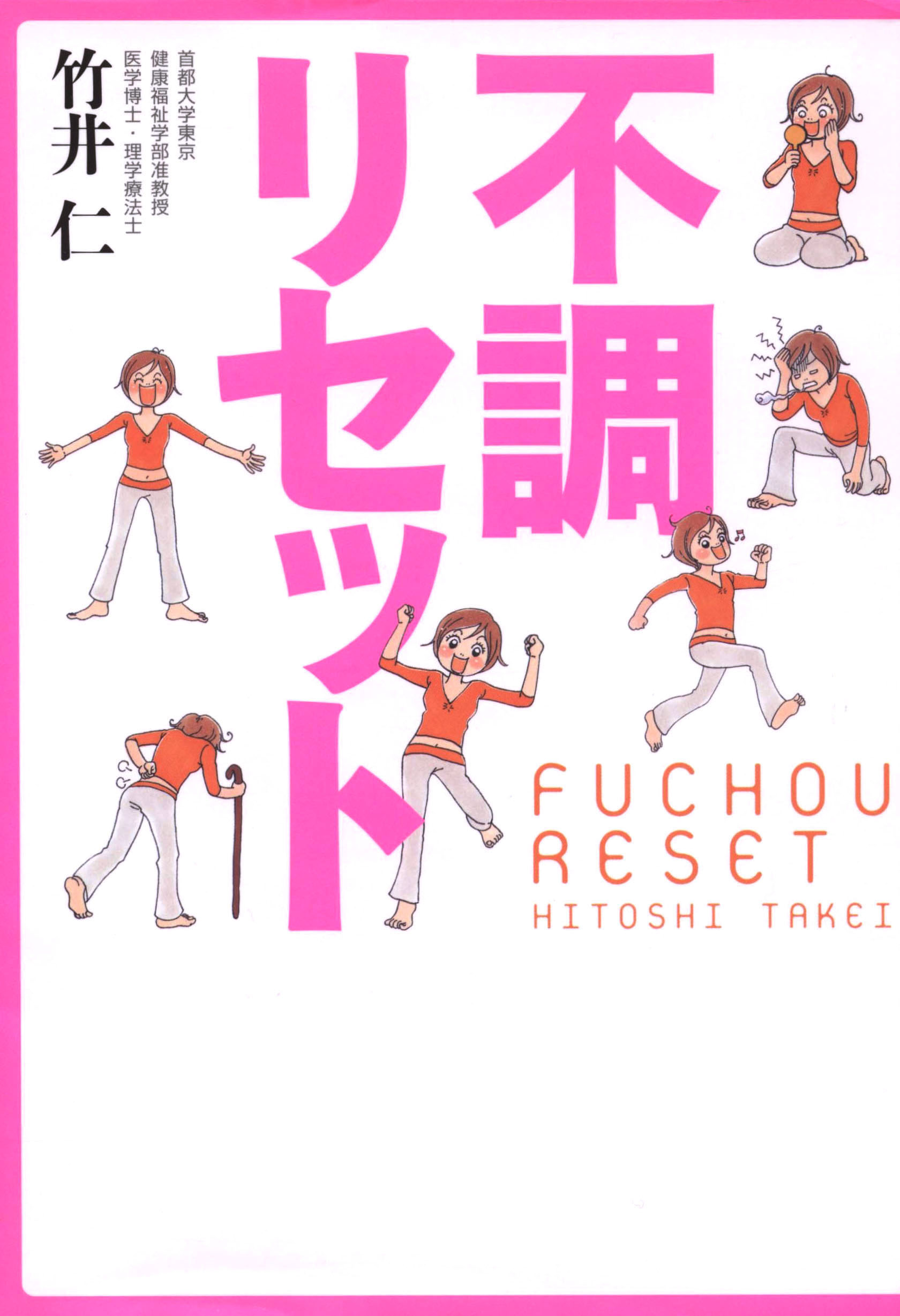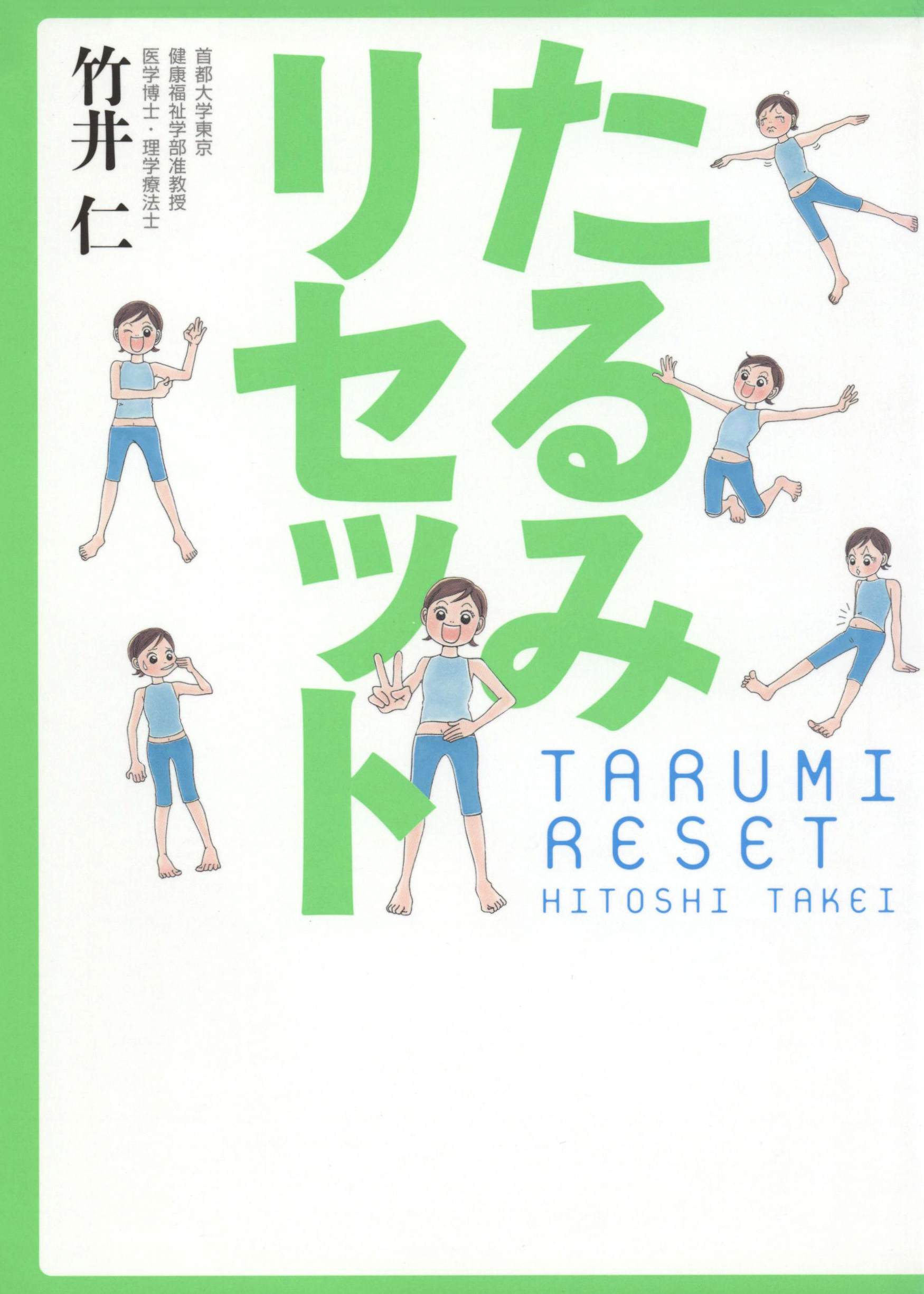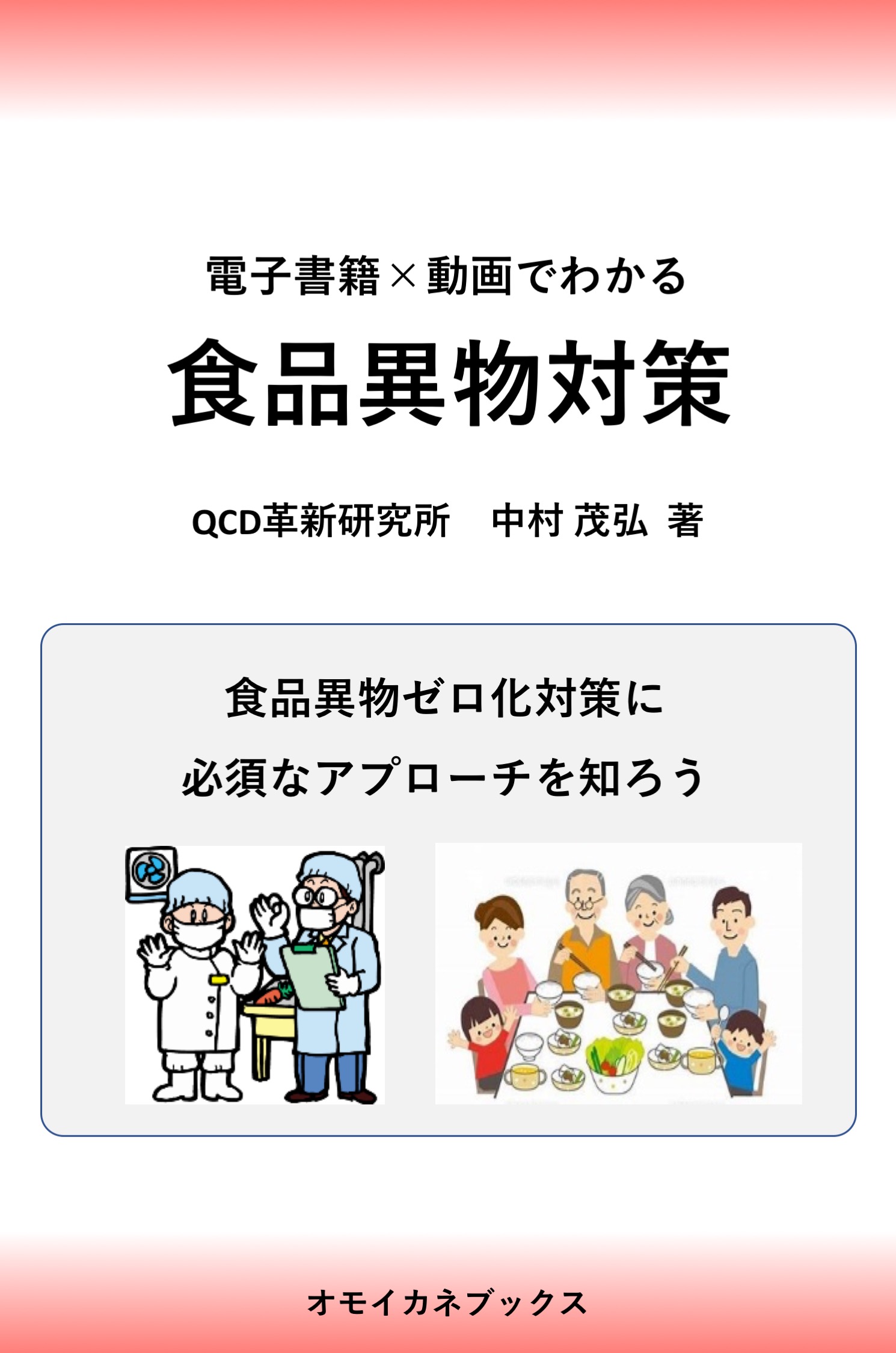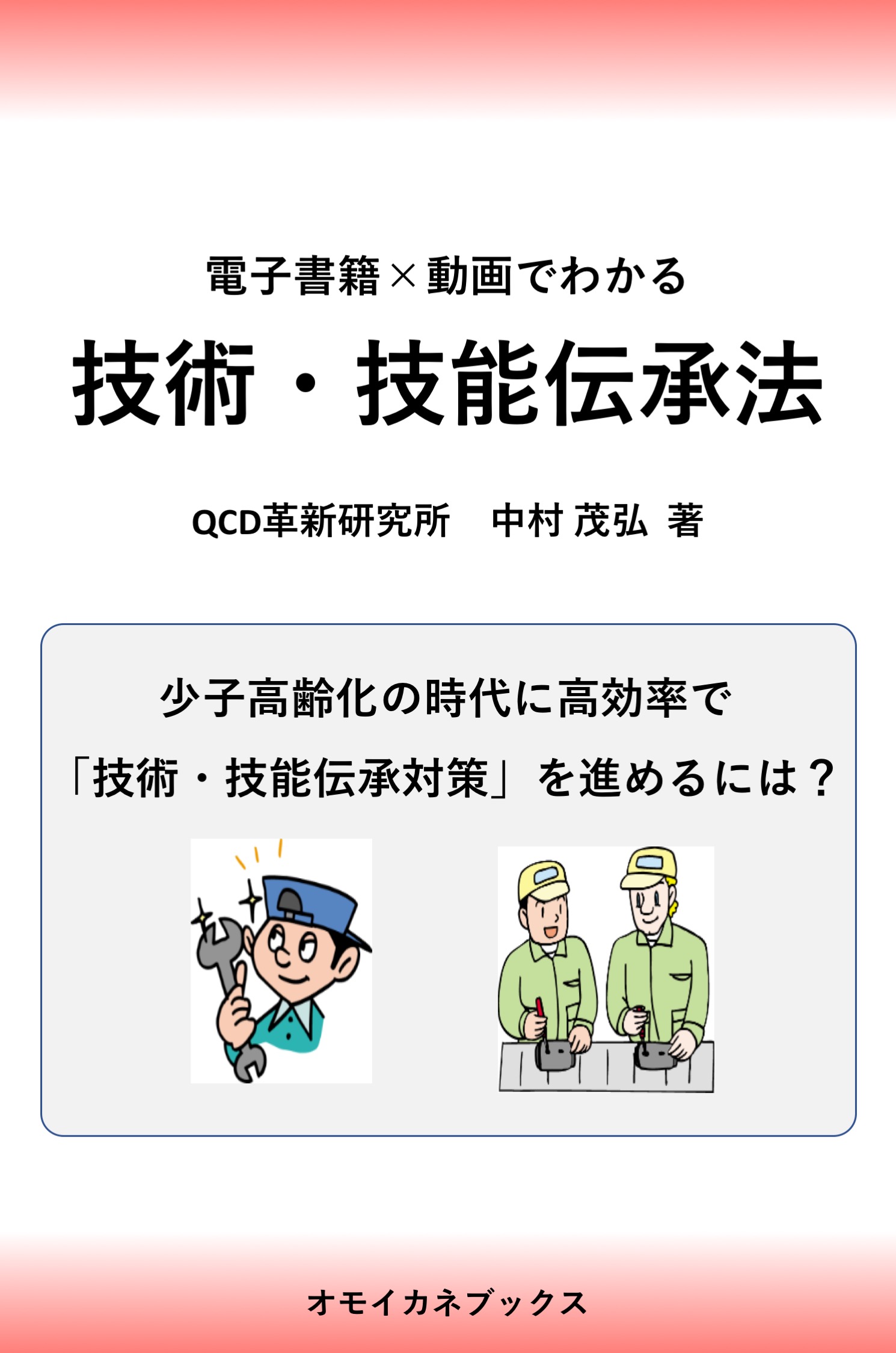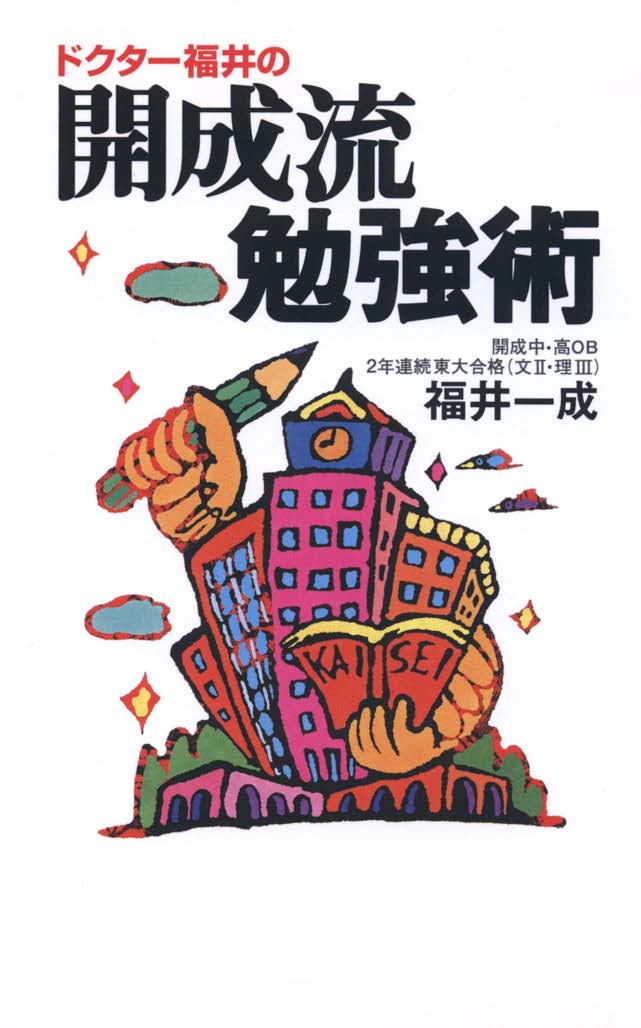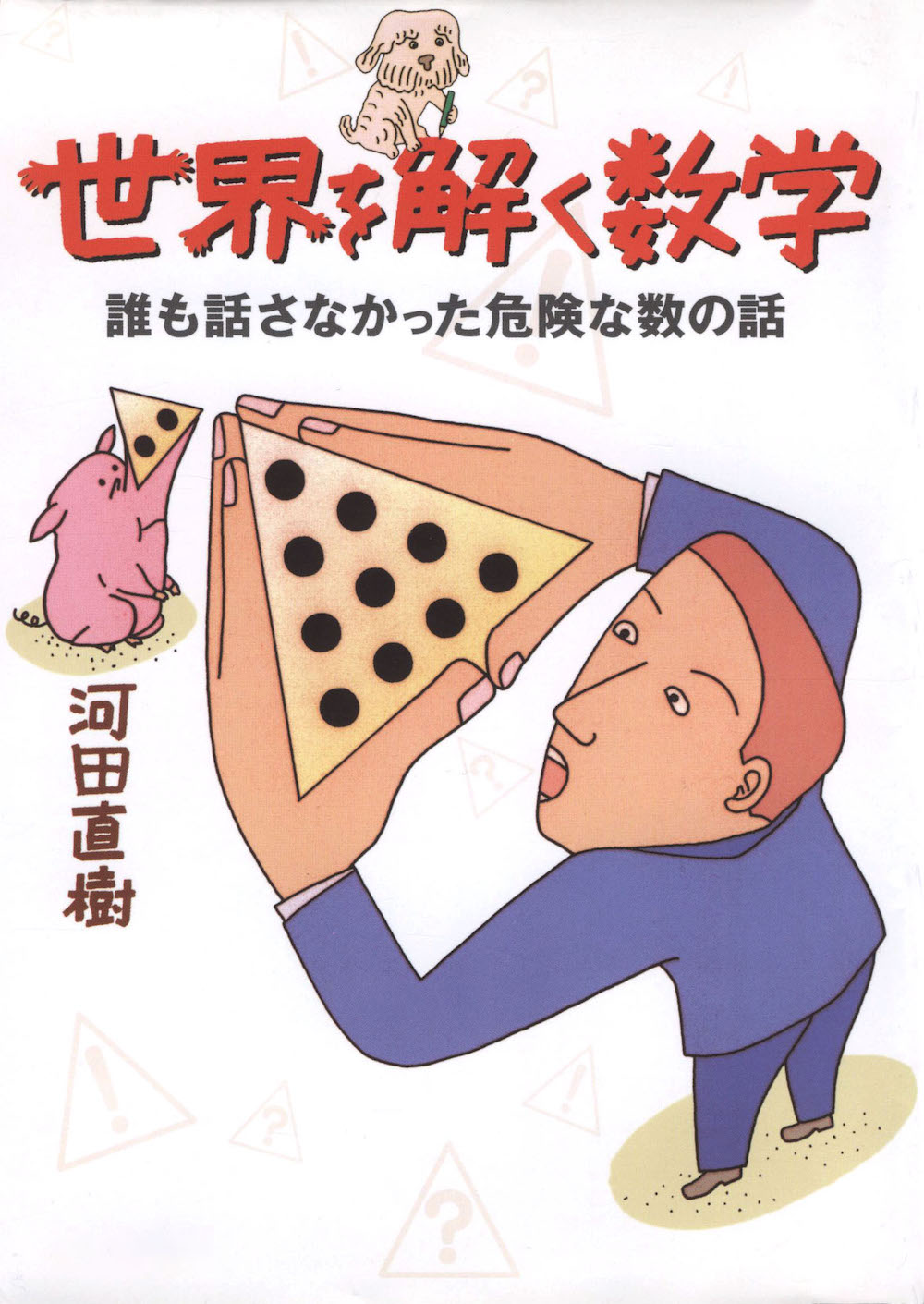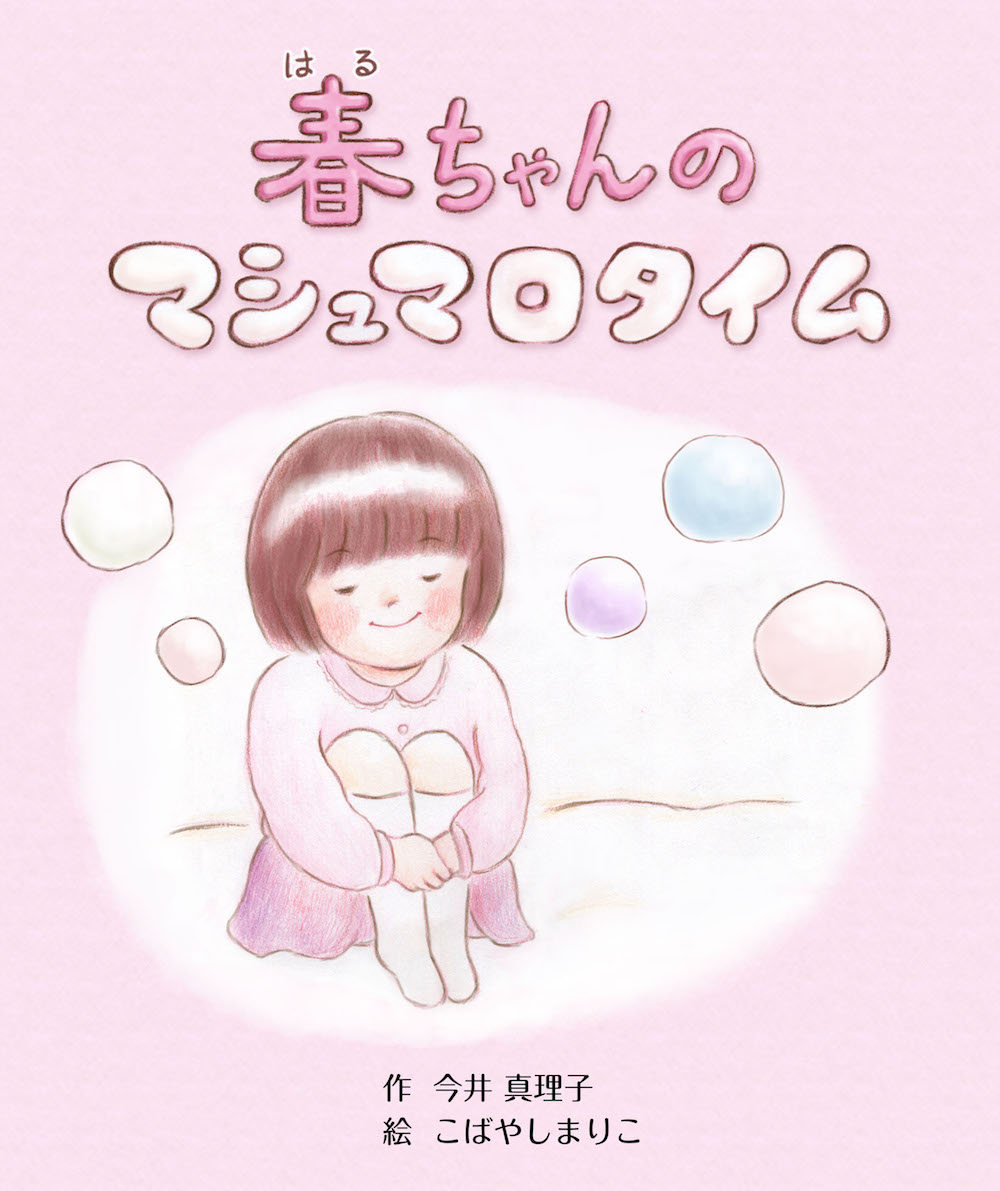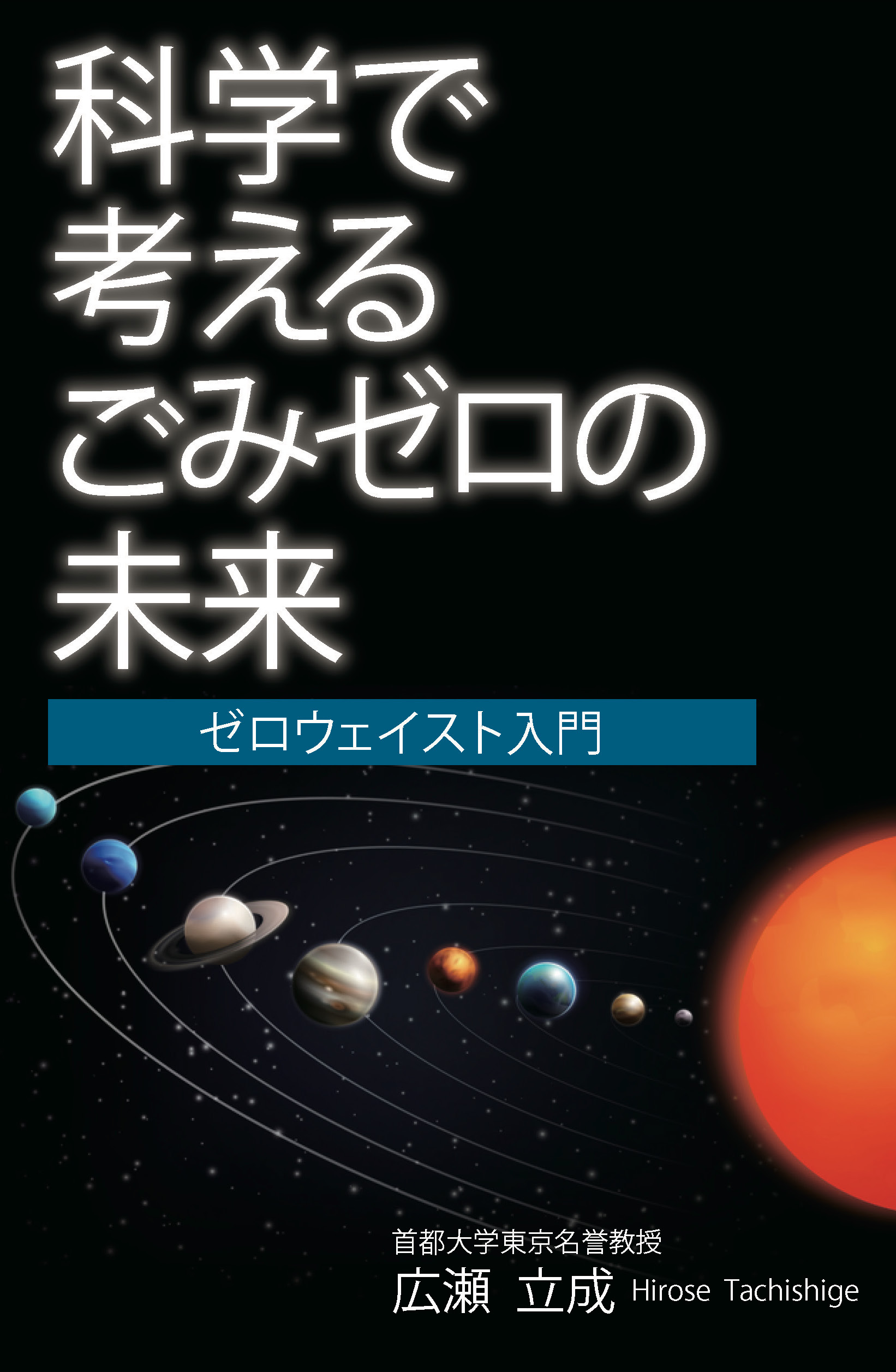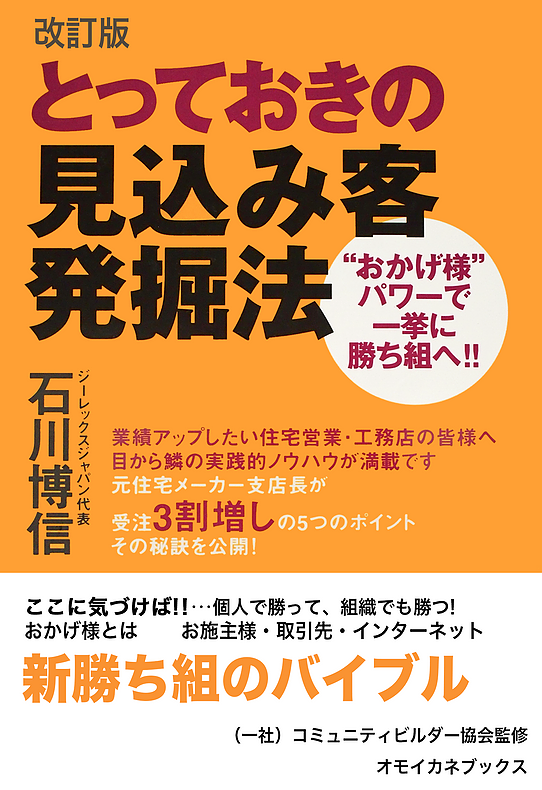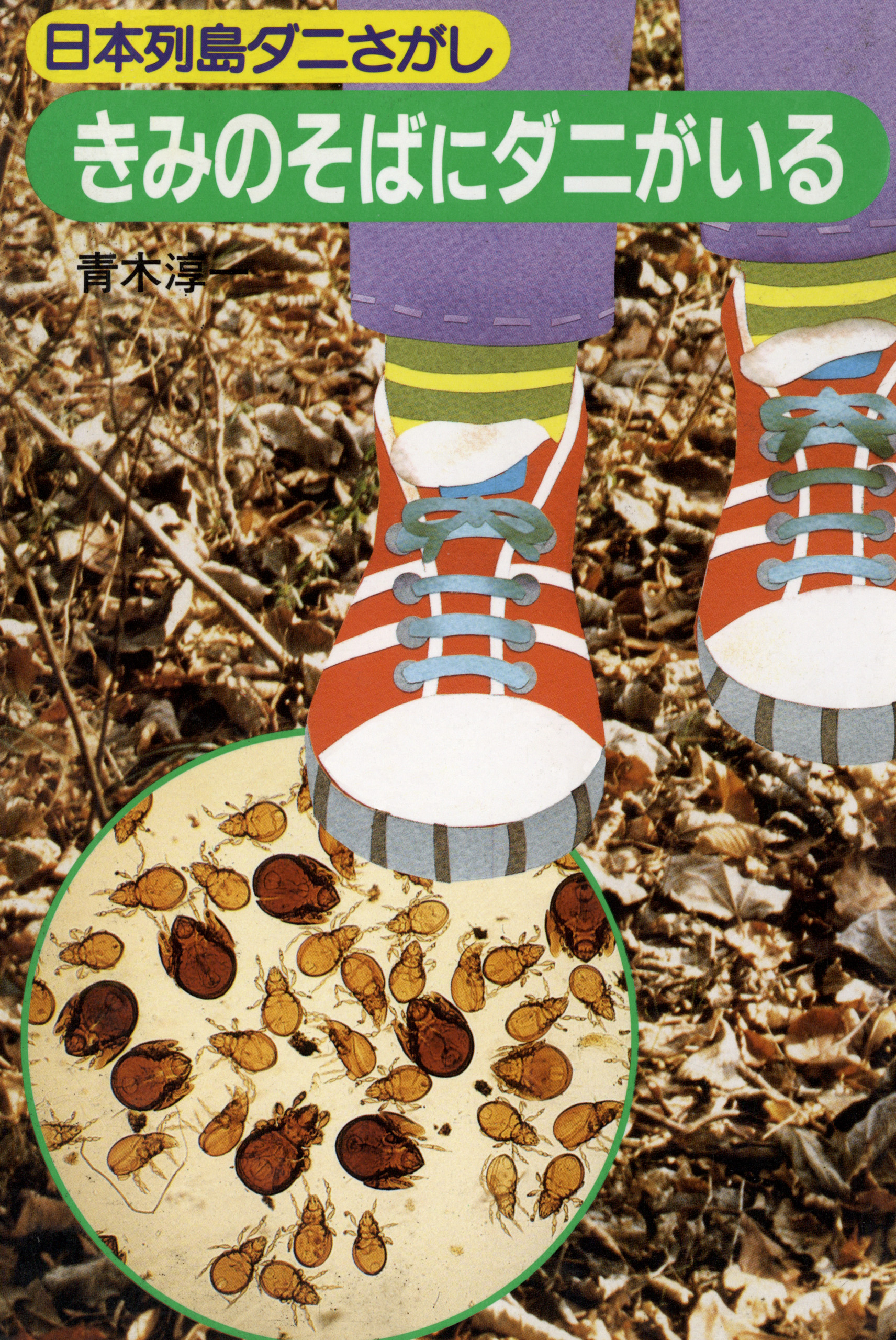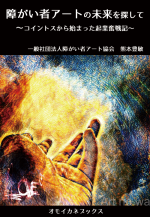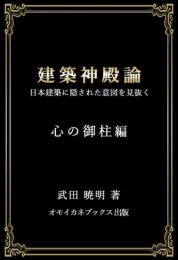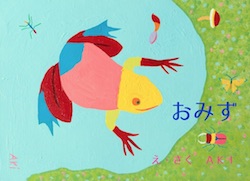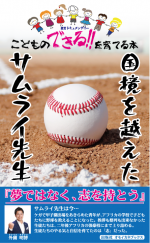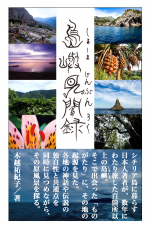現代文化のルーツを探る⑮ 花見
公開日:
:
現代文化のルーツ
【English after Japanese】
皆さんこんにちは。オモイカネブックスの岩瀬です。オモイカネブックスは、日本文化や日本精神、日本のアートを世界に発信する出版メディアとして活動しています。
我が家の梅の花も満開となり、春が近づいているのを感じます。
「梅は咲いたか、桜はまだかいな〜」というように、皆さん桜の開花を楽しみにしていますよね?
花見といえば桜ですが、そもそもなぜ桜なのでしょうか?そしていつから桜の木の下で宴会を楽しむようになったのでしょう?
今日は花見のルーツを探ってみたいと思います。
花見のルーツは諸説がありますが、奈良時代に貴族が梅の鑑賞をしていたのがはじまりというのが有力です。今では花見と言うと桜ですが、当時は中国から伝来した梅の花が主流だったんですね。桜は当時の日本人にとって神の宿る神聖な木として扱われていました。
平安時代に入り、貴族たちは次第に桜を愛でるようになります。その理由の1つとして挙げられるのが、894年の遣唐使廃止です。遣唐使廃止によって、中国から伝来した梅ではなく、日本古来の神聖な木である桜に親しみを感じるようになったと言われています。平安時代前期に編纂された「古今和歌集」には、春の歌として桜を詠んだ歌がたくさん残されています。また、平安時代中期の「源氏物語」には、桜の下で宴を開催している宮中の様子が記されています。
平安時代までは花見といえば貴族の中での文化でした。それが鎌倉時代になると武士をはじめ様々な階層の人たちにも広がっていきます。この頃、京都では山や寺社などにも桜が植えられました。
さらに安土桃山時代になると、武士たちが戸外へ出かけて花見をするようになります。それまでの花見のスタイルは、庭にある桜の樹の下で歌を詠むというものでした。それがこの頃から、桜の下で酒宴が行われるようになったのです。その原型を作ったのが豊臣秀吉です。秀吉の花見で有名なのが、「醍醐の花見」や「吉野の花見」です。吉野では約5,000人、醍醐寺では1,000人を超える人々が参加したといいます。当時の名将たちも集まって、盛大な宴を催しました。現代の花見は、この時代に形成されのですね。
貴族の文化として発展し、武士や町民の間に普及していった花見。それとは別に農民の間で行われていた花見があります。農民の間では、春になると冬をもたらす山の神様を送り返し、春を呼ぶ田の神様を迎える「春行き」「春山入り」という行事が行われていました。春は農民にとって田畑を育て始める季節で、厄を祓(はら)う宗教的意味とともに春の花が愛でられていました。
花を愛でる行事は祭事として期日が決められ、その日になると野や山へ出かけて花を愛でる「野遊び」や「山遊び」がおこなわれていました。五穀豊穣を願って、桜の木の下で酒や食べ物を飲み食いしていました。その際、桜の色や開き具合いを見て、その年の豊作を占っていたともいわれています。これが農民の花見でした。
江戸時代になると、貴族の花見と農民の花見が融合して都市の庶民の間に広がっていきます。江戸時代の後期、オオシマサクラとエドヒガンを改良した「吉野桜」が誕生しました。この吉野桜は、現在の東京都豊島区にあった「染井村」で作られたといわれています。奈良県にある吉野の山桜と区別するため、のちに「ソメイヨシノ」と呼ばれるようになりました。それが現在のソメイヨシノの始まりといわれています。桜の交配や改良は江戸末期までに盛んに行われ、この頃にできた桜の種類は250~300種とも言われています。
明治時代に入り、日清戦争や日露戦争の影響で、貴族が所有していた庭園は次々と取り壊されました。庭にあった桜の木は燃料として燃やされ、江戸時代に作られた多くの桜の品種は一時激減します。この時、高木孫右衛門という植木職人が残った桜を集め、自宅の庭に植え替え保存しました。その桜の数は80種類以上。
1886年に孫右衛門をはじめとした植木職人の手によって、荒川堤に桜並木を作られました。この荒川の桜並木が、花見の新たな名所として庶民の間に定着していきます。 こうして保存された桜がのちに全国各地へ広まり、各研究施設などで品種改良され現在に至っているのです。
奈良時代の貴族から現代に受け継がれる花見の文化。全国各地に広まった花見は、世界でも知られるようになり、海外から花見に訪れる人も年々増えてきていますね。今年の花見は、遥か昔の貴族たちに想いを馳せながら、桜の花を愛でてみてはいかがでしょうか。
【English】
There are many theories about the roots of Hanami, but the most popular one is that it started in the Nara period (710-794) when aristocrats used to appreciate plum blossoms.
Nowadays, cherry blossoms are used for Hanami, but at that time, plum blossoms, which were introduced from China, were the mainstream. In those days, cherry blossoms were regarded by the Japanese as a sacred tree inhabited by gods.
In the Heian period (794-1185), aristocrats gradually came to love cherry blossoms.
One of the reasons for this was the abolition of the envoys to China in 894. It is said that with the abolition of the envoys to China, people began to feel closer to cherry blossoms, an ancient and sacred tree in Japan, instead of plum blossoms, which came from China.
In the “Kokinwakashu” compiled in the early Heian period (794-1185), there are many poems about cherry blossoms as spring poems.In the “Genjimonogatari” of the mid-Heian period, there is a scene of the court holding a banquet under the cherry blossoms.
Until the Heian period (794-1185), cherry blossom viewing was a culture among the nobility. By the Kamakura period (1185-1333), it had spread to the samurai and other people of various classes. At this time, cherry trees were planted in the mountains and at temples and shrines in Kyoto.
In the Azuchi-Momoyama period (1573-1603), samurai warriors began to go outdoors to enjoy the cherry blossoms.
Until then, the style of hanami was to recite songs under the cherry trees in their gardens. It was around this time that people started to have drinking parties under the cherry trees. It was Toyotomi Hideyoshi who created the prototype.
The most famous cherry blossom viewing events of Hideyoshi were “Hanami in Daigo” and “Hanami in Yoshino”. It is said that about 5,000 people participated in Yoshino and more than 1,000 in Daigoji. The famous generals of the time also gathered and had a grand party. The modern Hanami was formed in this era.
Hanami developed as a culture of the aristocracy and spread to the samurai and townspeople. There was another kind of hanami, which was practiced by farmers.
In the spring, farmers held the “Spring Going” and “Spring Entering” events to send back the mountain gods that brought winter and welcome the rice field gods that brought spring. Spring was the season for farmers to start cultivating their fields, and spring flowers were loved for their religious significance of purging evil spirits.
The date for flower-loving events was set as a ritual, and on that day, people would go out into the fields and mountains to enjoy the flowers, “playing in the fields” or “playing in the mountains”. They would drink and eat under the cherry trees, hoping for a good harvest. It is said that they looked at the color of the cherry trees and how they were opening to predict the year’s harvest. This was the way of Hanami for farmers.
In the Edo period (1603-1868), cherry blossom viewing by aristocrats and farmers merged and spread to the common people in cities.
In the latter half of the Edo period, the Yoshino cherry tree, an improved version of the Oshima cherry and the Edhigan cherry, was born. This Yoshino cherry is said to have been created in Somei Village, which was located in today’s Toshima Ward, Tokyo. It was later called “Someiyoshino” to distinguish it from the Yoshino cherry trees in Nara Prefecture. This is said to be the beginning of the current Someiyoshino.
By the end of the Edo period (1603-1868), crossbreeding and improvement of cherry trees were actively carried out, and it is said that there were 250 to 300 varieties of cherry trees created at that time.
In the Meiji era (1868-1912), due to the Sino-Japanese War and Russo-Japanese War, the gardens owned by the aristocracy were torn down one after another.
The cherry trees in the gardens were burned as fuel, and the number of cherry trees of many varieties created in the Edo period decreased drastically for a while. At this time, a tree planter named Magoemon Takagi collected the remaining cherry trees and planted them in his garden to preserve them. There were more than 80 varieties of cherry trees.
In 1886, Magoemon and the other planters created a row of cherry trees along the bank of the Arakawa River. This row of cherry trees along the Arakawa River became a new famous place for cherry blossom viewing among the common people. The cherry trees preserved in this way later spread to other parts of the country, and have been bred and improved at various research facilities to the present day.
The culture of cherry blossom viewing has been handed down from the aristocracy of the Nara period to the present day. As Hanami has spread throughout Japan, it has become known throughout the world, and the number of people visiting from overseas for Hanami is increasing every year. This year, why not enjoy the cherry blossoms while thinking about the aristocrats of long ago?
関連記事
-

-
子ども高齢者もハマる折り紙の世界
2023/03/20 |
最近我が家の6歳の息子が、いっとき好きだった折り紙にまたはまっています。 鶴や兜など、ちゃんとした...
-

-
現代文化のルーツを探る㉞ 衣替え
2021/05/21 |
日に日に蒸し暑さが増してきましたね。 今年の梅雨入りは、九州から東海にかけての全ての地方で、統計史...
-
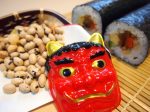
-
現代文化のルーツを探る⑧ 節分と豆まき
2021/02/02 |
令和三年、今年の節分は2月2日です。なんで2月2日なの?って思いませんでしたか?僕も思いました。 ...
-
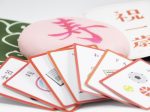
-
現代文化のルーツを探る㉓ 一升餅
2021/03/26 |
子どもが産まれてから最初にお祝いするのが、1歳の誕生日。日本では、子どもの1歳の誕生日に餅を背負わせ...
- PREV
- 現代文化のルーツを探る⑭ 刺身
- NEXT
- 現代文化のルーツを探る⑯ 丼もの
